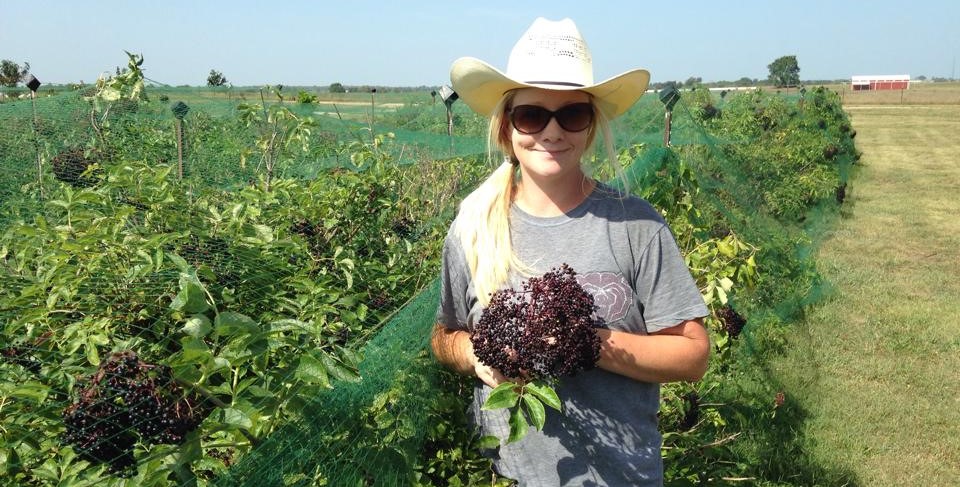The woods: Missouri’s other place to shop for food

SPRINGFIELD, Mo. — Look no further than your local woods for fresh, flavorful fruits and nuts says University of Missouri Extension horticulture specialist Kelly McGowan.
In the woods, you’ll find a colorful and tasty assortment of edible delights, including wild strawberry, gooseberry, raspberry, blackberry, blueberry, plums, mulberry, elderberry, grapes, persimmons, pawpaws and nuts, McGowan says.
Each season brings new visual delights and new flavors, she says, but you should always positively identify a plant before eating from the wild.
Spring starts with the small, ground-hugging perennial wild strawberry, which blooms in April and May. A similar species, weedy Indian strawberry, also known as mock strawberry, has yellow petals instead of white flowers, and its berries lack juiciness and flavor.
Four species of wild gooseberries grow in Missouri. McGowan recommends the Missouri Department of Conservation’s field guide at https://mdc.mo.gov/discover-nature/field-guide/missouri-gooseberry. Gooseberry’s thorny bushes grow 3-6 feet high as forest understory in Missouri woodlands. They flower from May to June and bear small, green tart fruit that turns blackish purple from June to September.
The woods are home to two types of raspberries: black and red. Blackberries and raspberries are biennial canes and are native to much of Missouri. Two other dark and flavorful berries that grow well in Missouri are the mulberry and the elderberry. Mulberries grow on trees, while elderberry bears large, white flower clusters.
Blueberries grow well as small to medium-sized shrubs in southern Missouri. Colorful, flavorful and full of antioxidants, blueberries can be eaten alone or as the main ingredient in many food favorites including pies, jams and jellies.
At least five species of wild plums are among Missouri’s woodsy wonders. The fruit grows on small to medium trees that often form thickets.
While these fruits grow in the woods, you can also propagate your own hardwood cuttings, McGowan says. Collect the cuttings in January before bud break and put them in rooting hormone. Mist the cuttings to keep them moist but not wet. They should break bud and begin growing several weeks before rooting. They should be well-rooted in about six weeks, and seedlings and rooted cuttings will produce the following year.
At least seven species of wild grapes grow in Missouri on low- to high-climbing vines.
The persimmon grows on small to medium-sized trees in rich forest soils in Missouri. Its striking purple or maroon flowers contrast with its long, droopy dark green glossy leaves. When fully ripe, pawpaw fruit is sweet with a bright yellow or orange custard-like and sometimes juicy flesh. They have a unique tropical flavor that is often compared with banana, mango, peach, melon and pineapple. For more information, see MU Extension publication “Growing and Marketing Pawpaw in Missouri” at https://extension.missouri.edu/af1021.
Missouri supplies about 70% of the world’s walnuts, so walnut trees are plentiful. In addition to nuts, walnut trees provide timber. Its leaves are similar to but much smaller than those of another Missouri tree, the butternut. The outer hull of the walnut is green and covers a dark, hard covering that must be cracked to get to the fruit.
Missouri is also well-known for its pecan trees, which are native to Mississippi and Missouri River bottomlands and larger tributaries.
Hickory also is a common nut-bearing tree in Missouri.
Miss Clipping Out Stories to Save for Later?
Click the Purchase Story button below to order a print of this story. We will print it for you on matte photo paper to keep forever.

